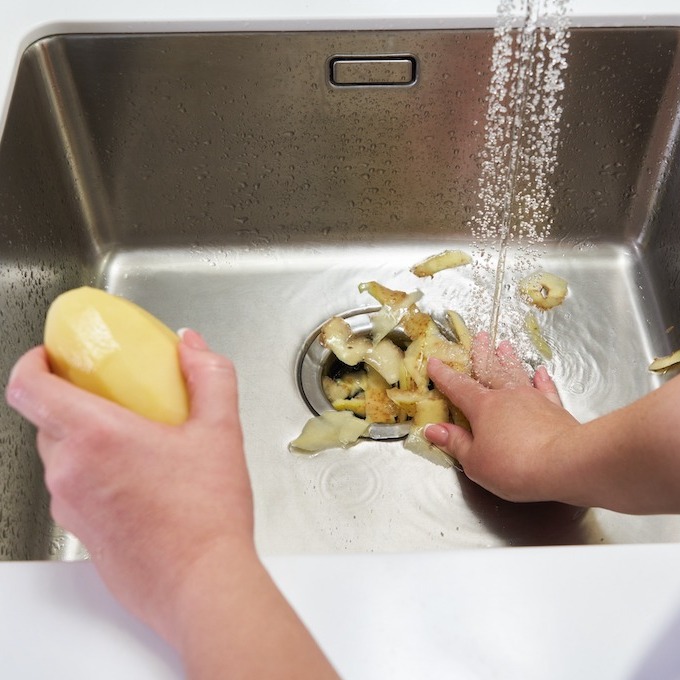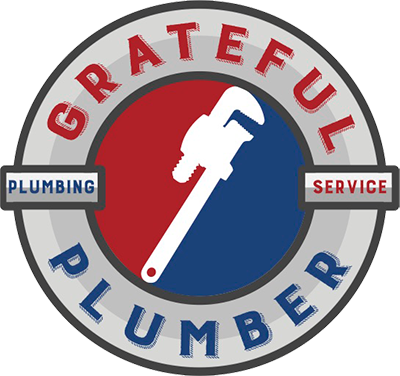
Does Your Garbage Disposal Need Maintenance?
The garbage disposal is often unappreciated. This kitchen device is, usually electrically powered, and is installed under the kitchen sink, situated between the drain and the trap. It shreds food into small pieces that can pass through the drain.
There is a debate about when and by whom the garbage disposal was invented. Was it by John Hammes, a Wisconsin architect in 1927 or 1935 by a team at General Electric? It was in the late 1930s when it became widely available, and after World War II, its popularity increased as kitchens were modernized and remodeled.
Today, you’d be challenged in trying to find a home without a garbage disposal, with the exception of older homes built before the 1960s. This small device has become an essential kitchen appliance, and like the water heater, it is usually hidden from sight.
Are there different types of garbage disposals?
This is something that most homeowners do not realize, there are two types of garbage disposals.
Continuous Feed: This garbage disposal grinds the food continuously until the switch is turned off. There are pros and cons to this type of garbage disposal:
- The Pros:
The waste is inserted in small amounts and ground all at once. This keeps the kitchen counter clean, cleared, and organized as meals are prepped and cooked.
- The Cons:
Because the drain is continuously open, it is accident-prone with other things falling into the drain by accident. This type of garbage disposal uses excessive amounts of power and water with continuous running power and water.
Batch Feed: The mechanics of the batch feed type of garbage disposal runs when the drain cover is in place. As you fill the chamber and turn the machine on, it then begins to grind the food waste. If any random items fall into the unit unintended, they can be removed safely with the unit turned off and reaching in with tongs.
- The Pros:
The cover is protection which prevents accidental grinding. It uses less power and water because they are only turned on when the unit is in operation.
- The Cons:
This type of garbage disposal is more expensive than the continuous feed type. It is louder when operating, requiring a noise suppressor. Possibility of health hazards if the chamber has food left ungrounded, allowing bacteria to grow.
How is a garbage disposal properly maintained?
With proper cleaning and maintenance, a garbage disposal can last forever. The first step is to never put anything in the unit that shouldn’t go in it! What should never be put in a garbage disposal? The following items should never be put in a garbage disposal:
- Bones, Fruit Pits
- FOG (fat, oil, grease)
- Pasta, Rice
- Stringy Foods
- Fruit and Vegetable Peelings
- Anything that isn’t food related
Always allow the unit to thoroughly grind the food and run cold water while grinding the food waste and practice a monthly cleaning. Any of the following will work in cleaning your garbage disposal:
Weekly cleaning of the inside with a bottle brush. Grinding up citrus food will cut any grease that is coating the inside and give it a fresh smell. Freeze vinegar in ice cube trays and then grind one or two in the garbage disposal to eliminate bacteria buildup.
What are the signs a garbage disposal should be replaced?
If your garbage disposal is doing any of the following, it is time to replace the unit:
- Making loud sounds.
- It doesn’t grind food properly and thoroughly.
- Leaking water under the sink.
- The unit jams and resetting doesn’t help.
- Keeps clogging.
- Has been installed for 10 years or longer.
What are the common causes that garbage disposal?
A garbage disposal is a basic, yet complicated unit. There are several plastic components and parts inside the unit that can cause a clog. Other things that can cause the garbage disposal to clog are:
- Motor burns out
- Blades get jammed
- The drain pipe has clogged
- Too much food is put in the garbage disposals
How do you unclog a garbage disposal?
First, use a flashlight and look for anything obvious in the drain. Turn the unit off and use tongs to pull out anything you see clogging the drain. If there isn’t anything obvious, follow these steps:
- Pour half a cup of baking soda into the unit.
- Pour half a cup of white vinegar into the unit.
- Let the mixture sit for 20 minutes. It will be fizzing as it cleans.
- Next, pour hot water into the unit, then let the hot water run for 5 minutes.
Keep It Grinding!
Can a garbage disposal be installed as a DIY project, or do I need to hire a professional? A homeowner that has some mechanical knowledge should be able to follow the instructions that come with the garbage disposal for installation. Be sure to follow all safety measures recommended by the manufacturer. Keep in mind that if any errors are made during installation, the warranty is voided. Please give us a call at 317-677-4918 if you would like a consultation or to schedule garbage disposal repair in Indianapolis, IN.

